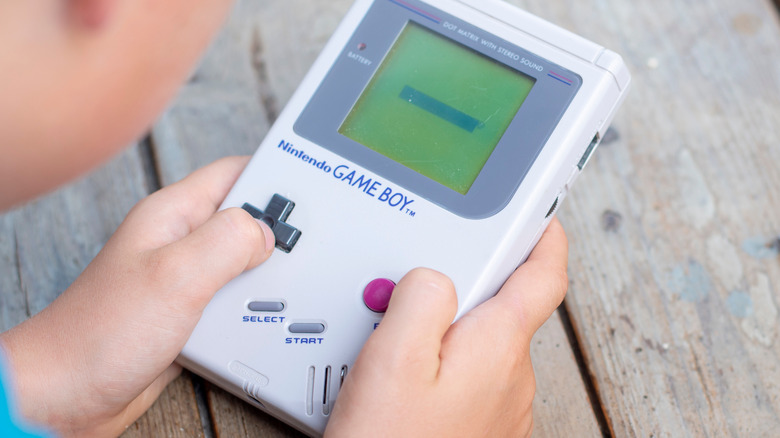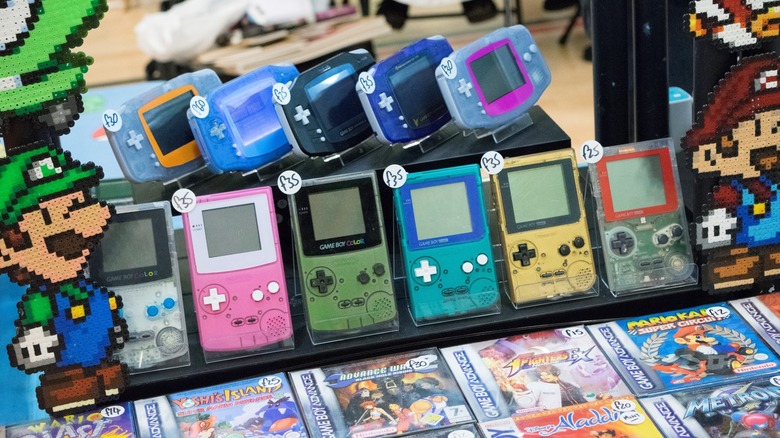Nintendo Worked On A Touchscreen For The Game Boy Color That Was Never Released
Nintendo may have struck console gold with the Nintendo Switch, which remains lucrative years after its release, but the road has been long and not always paved with happiness. In fact, the Japanese monolith has made quite a few mistakes over the years, committing some console blunders to balance out the industry-changing highest highs of systems like the Game Boy (via Smithsonian Magazine).
With that in mind, it should come as no surprise that gaming enthusiasts, whether fuelled by childhood nostalgia or antiquarian sensibilities, are fascinated by the notion of what could have been. This isn't limited only to Nintendo, and certainly not only to consoles, as the existence of resources like The Cutting Room Floor shows.
Luckily, we live in the age of information, where an intrepid individual can not only research an obscure topic with fewer barriers than ever before, but can share their findings with a global community. Take, for example, video game researcher Liam Robinson's rediscovery of the PageBoy accessory after two decades of obscurity, or the archival work of GDC Vault, which allows us to watch Game Developers Conference speeches years after the fact. In one of those speeches, Nintendo hardware designer Masato Kuwahara takes the audience through inspirations for the Nintendo DSi, revealing, among other things, a ditched concept for a Game Boy Color with a touchscreen.
Why didn't the touchscreen prototype make it to shelves?
In his keynote speech, delivered in 2009 and available only in its original Japanese (for now), Kuwahara shows an image of a Game Boy Advance SP hooked up to a touch panel prototype and explains that it would be able to display color — hence being described in the image as a Game Boy Color adapter rather than a Game Boy Advance SP adapter.
IGN and Nintendo World Report offered translations for the finer details. Sadly, but understandably, the concept was not well received when Kuwahara presented it. He cites the lack of a backlight on the screen as one of the reasons for its initial rejection, saying words to the effect of "I think it's because the screen is dark and it's a little difficult to play."
However, following the release of the Game Boy Advance SP in 2003, Kuwahara was asked to show his idea to a product panel. It was received a little more positively here, but still "did not lead to commercialization" at that time. The idea of incorporating a touch panel into a Nintendo console remained in the memory, with the Nintendo DS entering development in 2004 (via Game Online).
While Kuwahara doesn't take credit for the design of the DS, he did state that he likes to think of his prototype as a source of inspiration.


